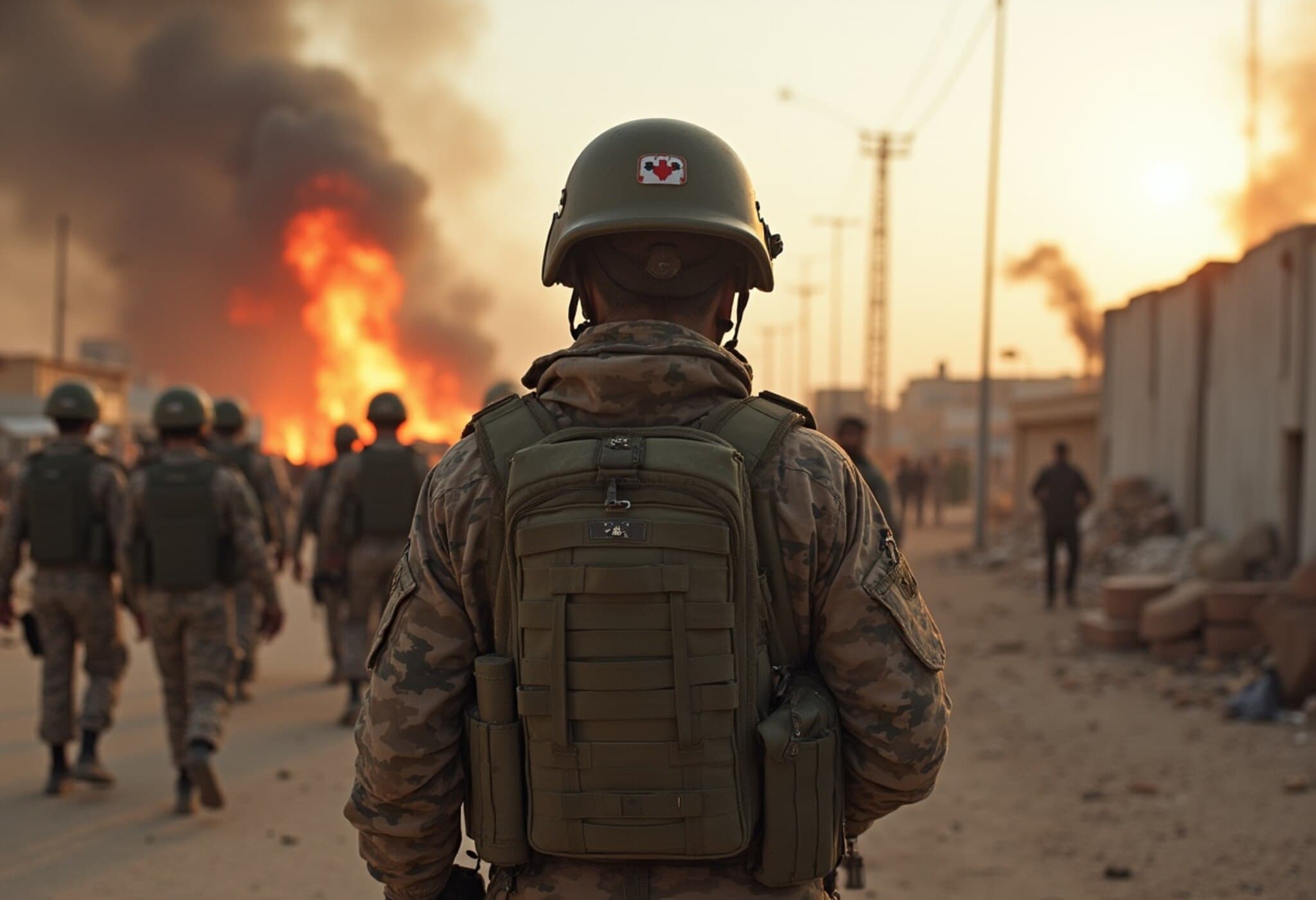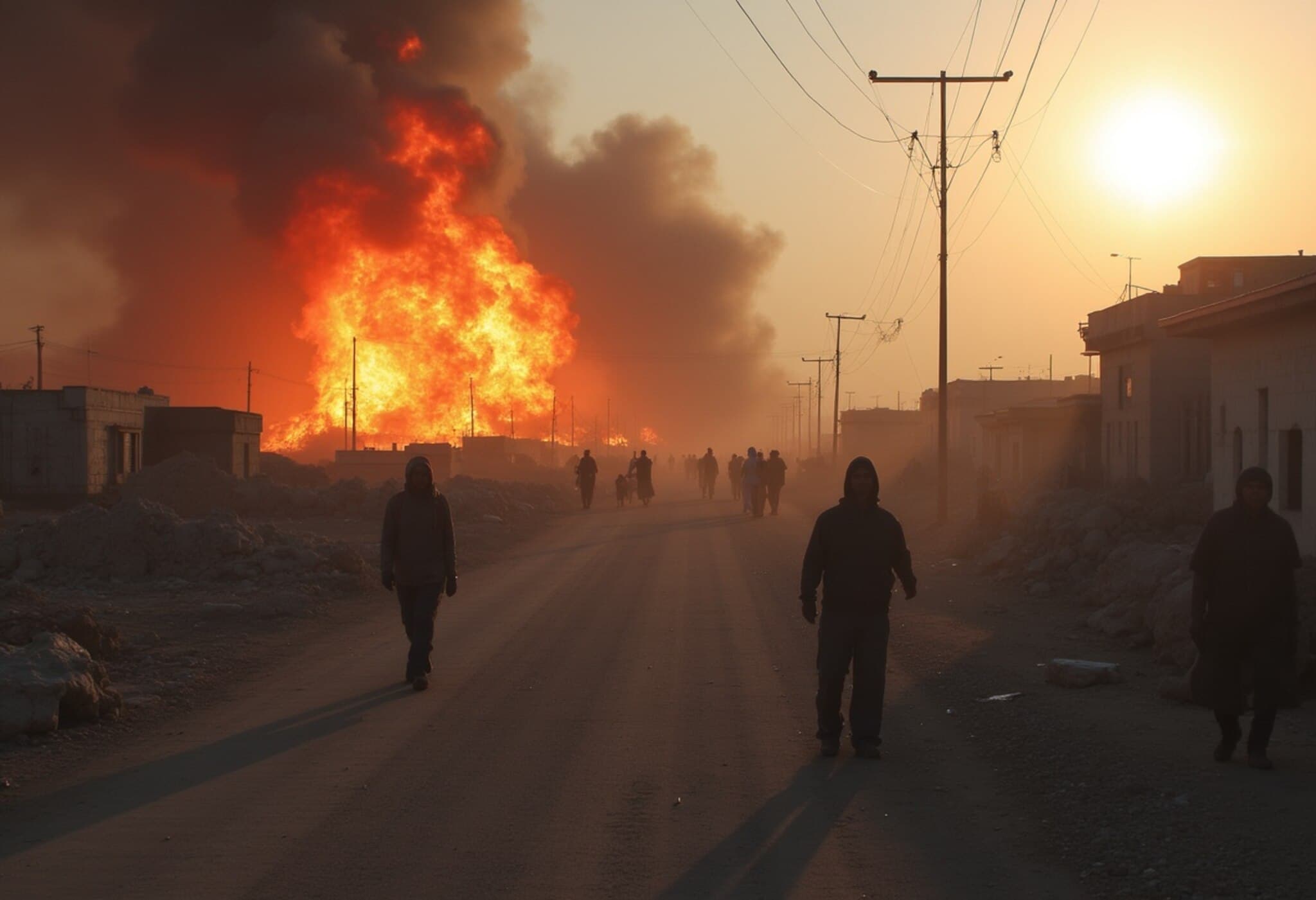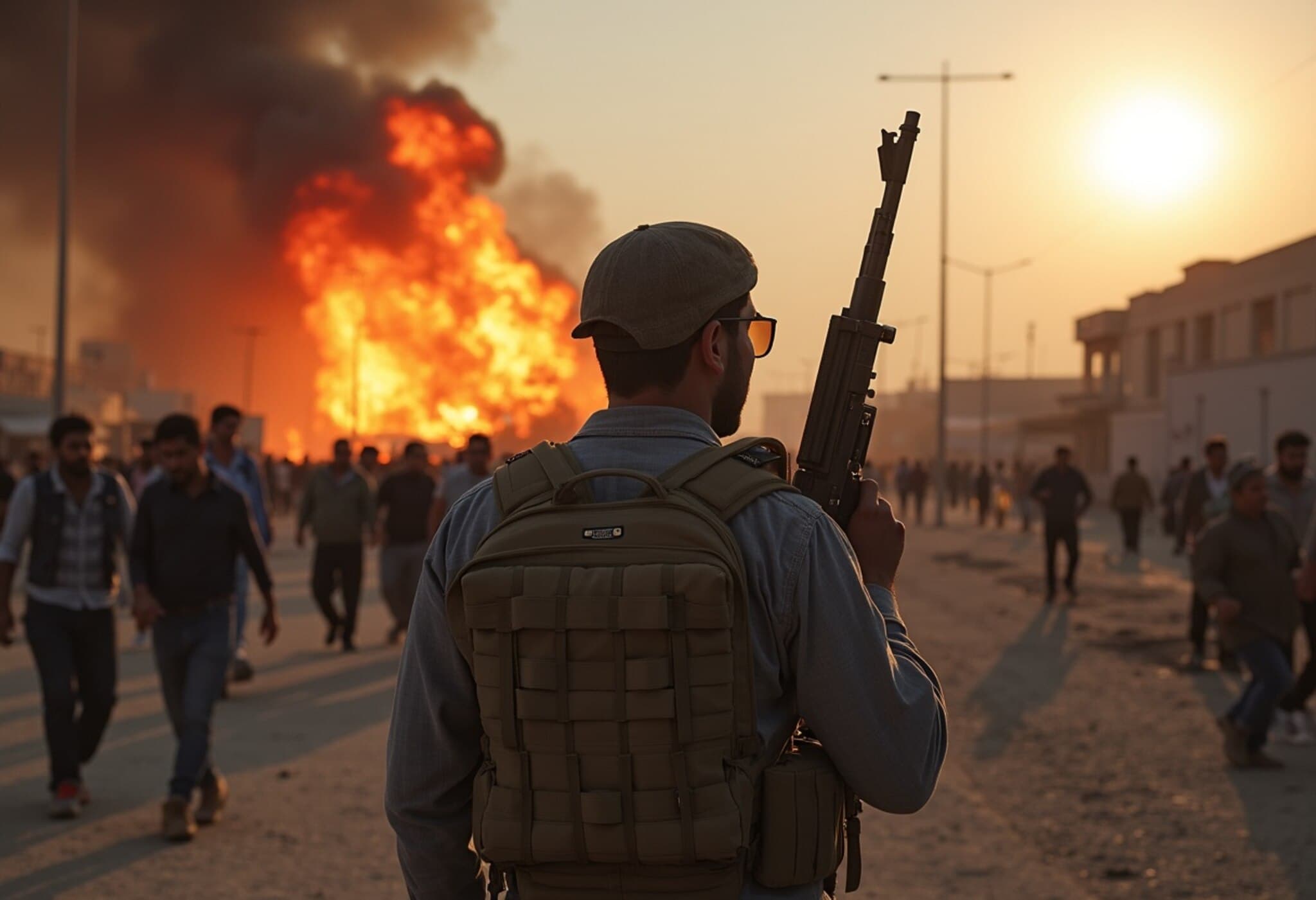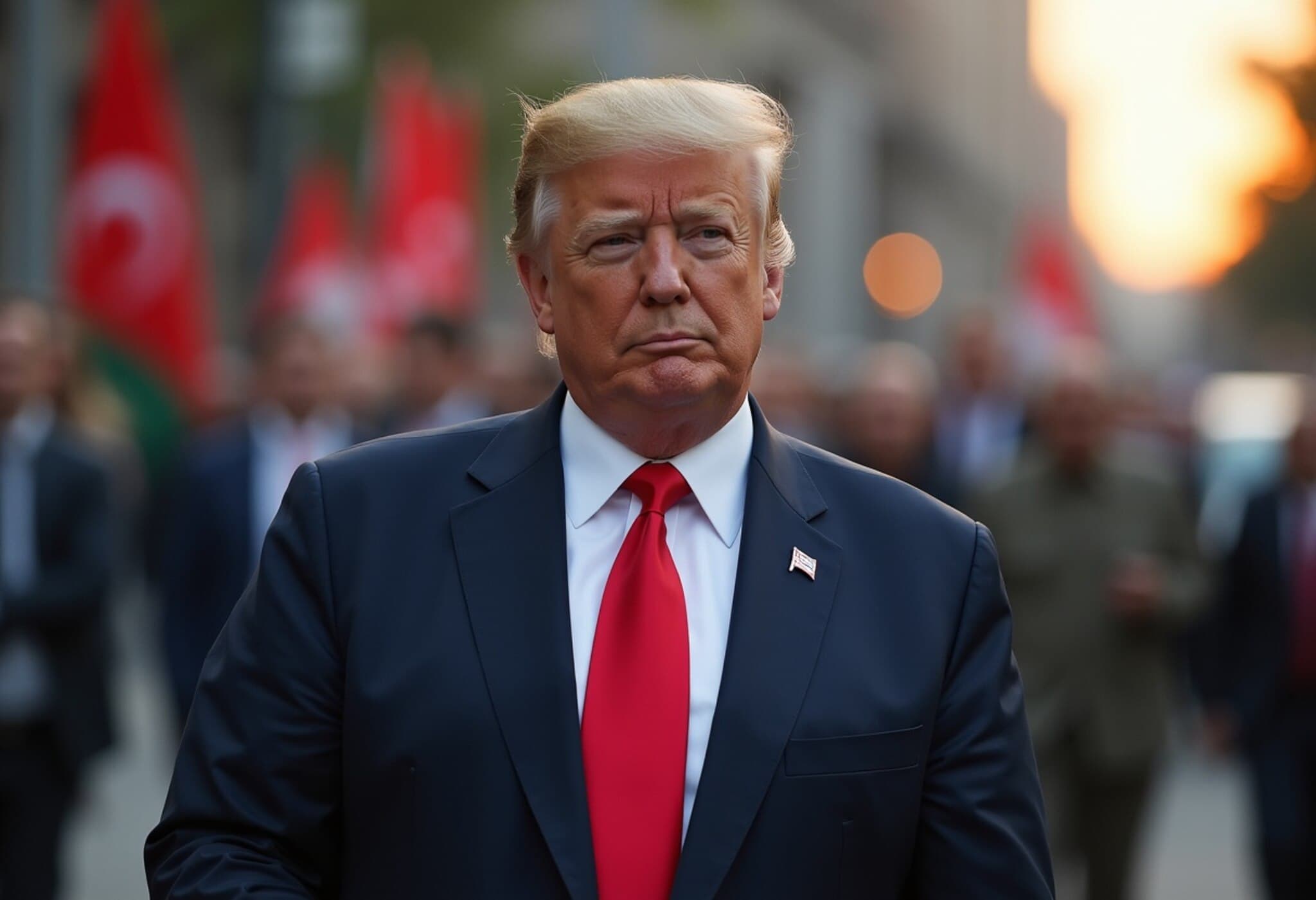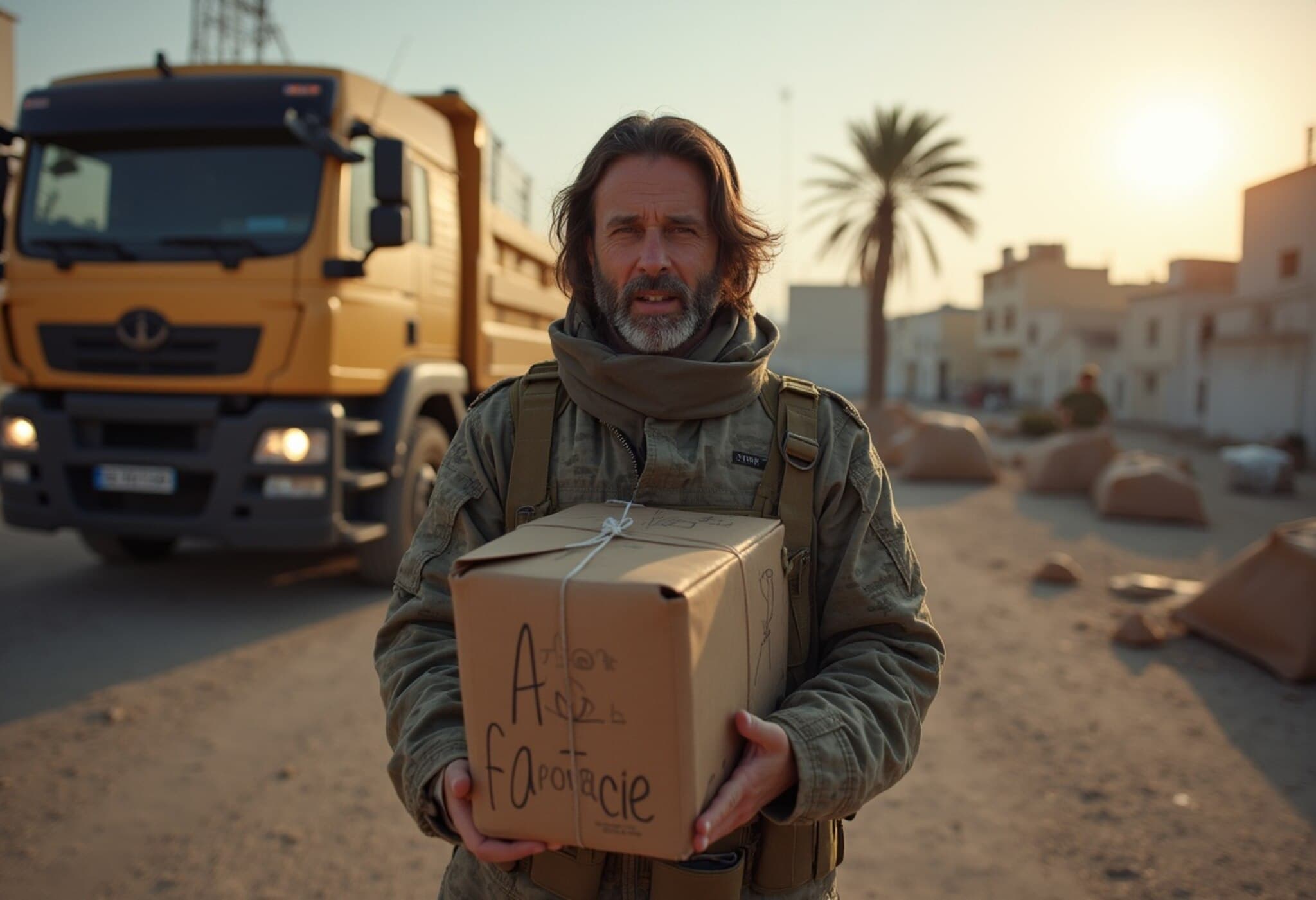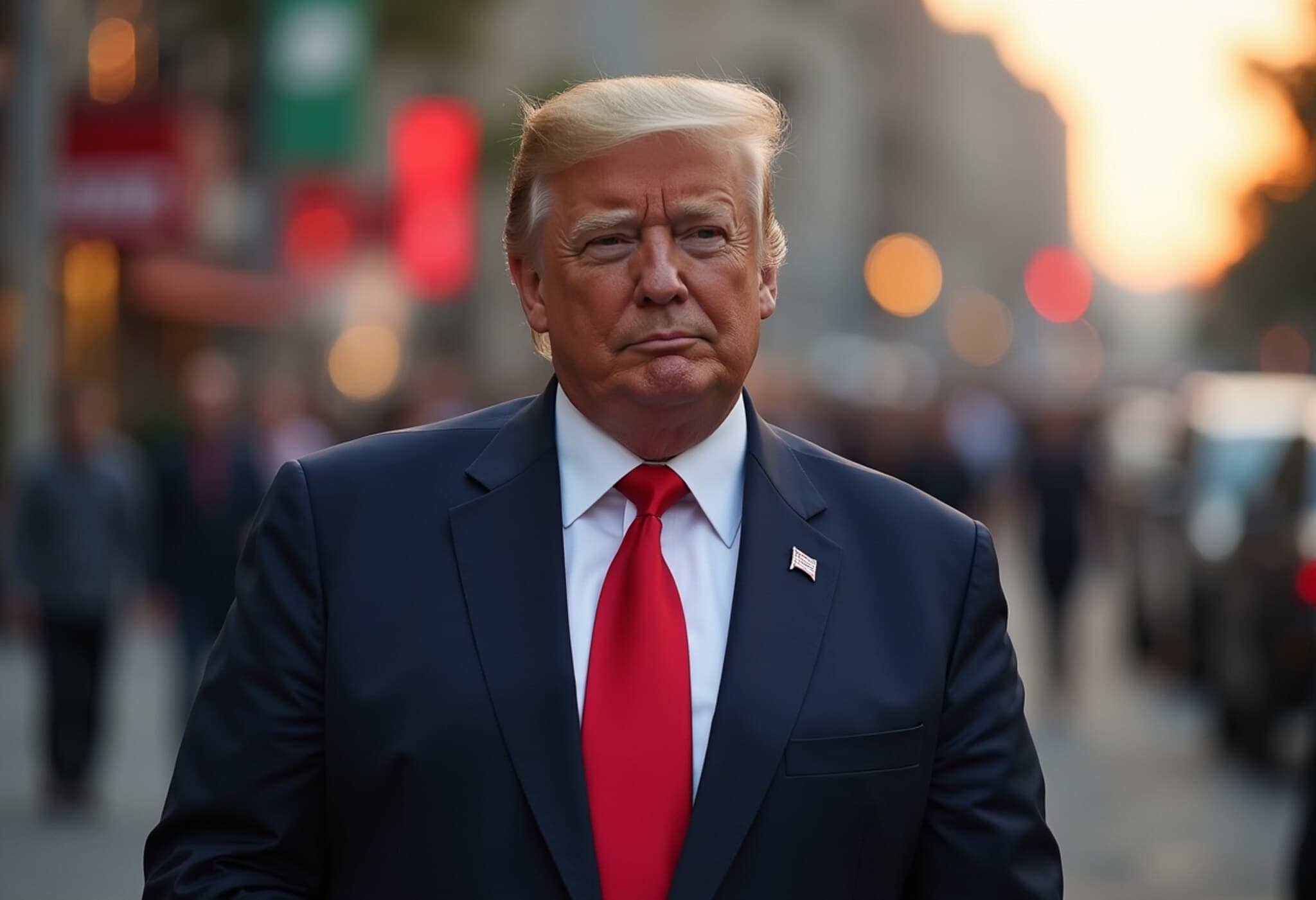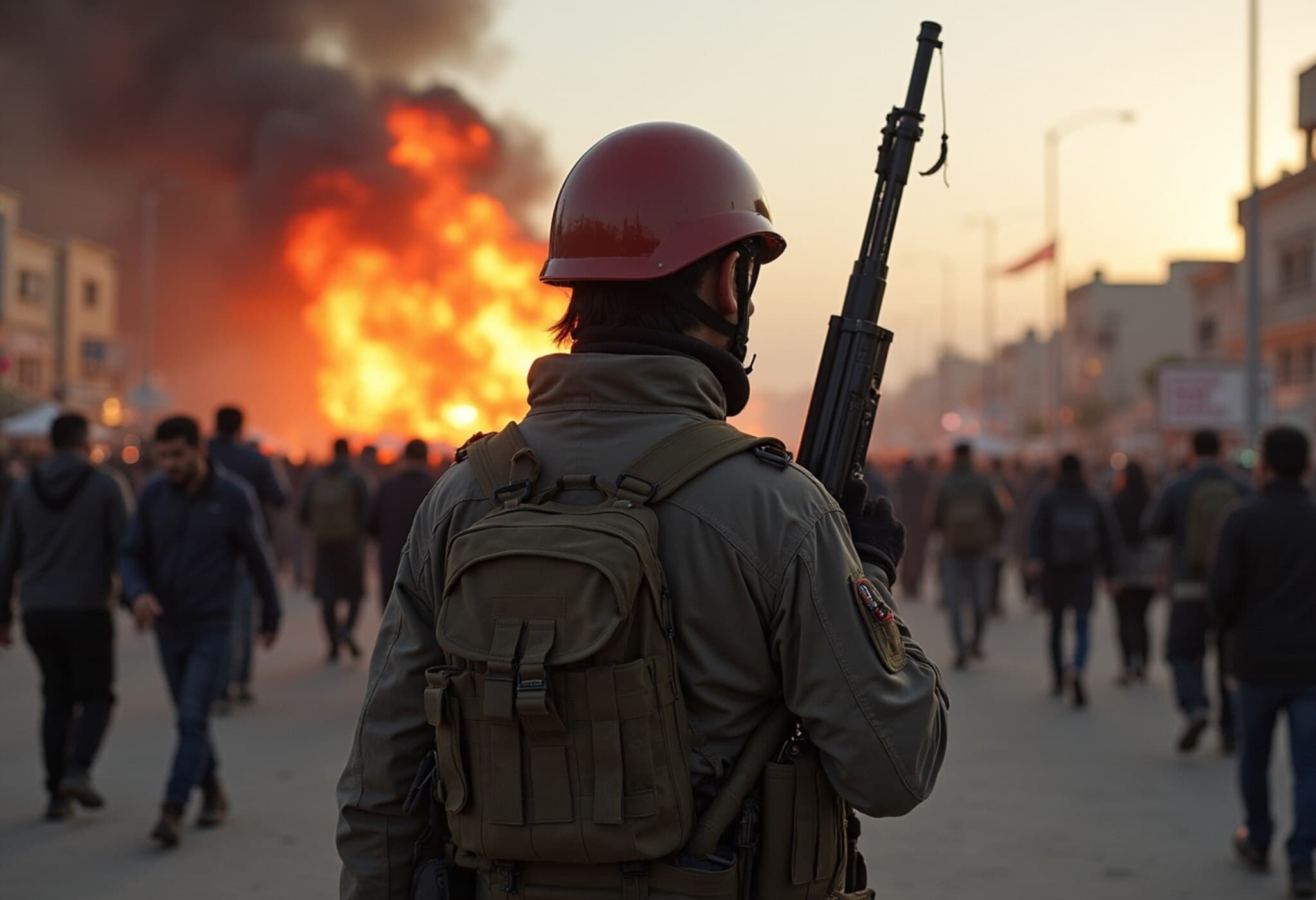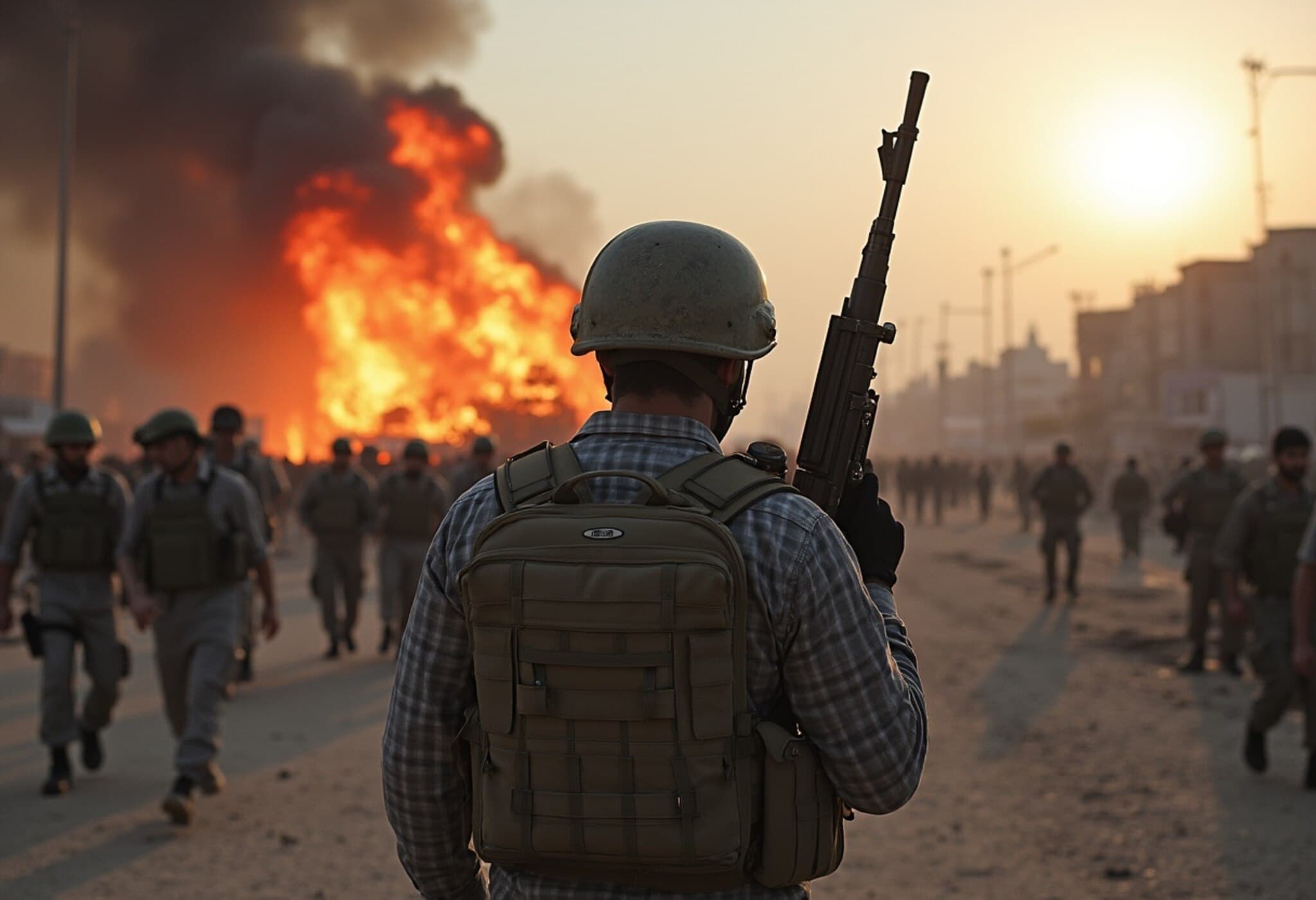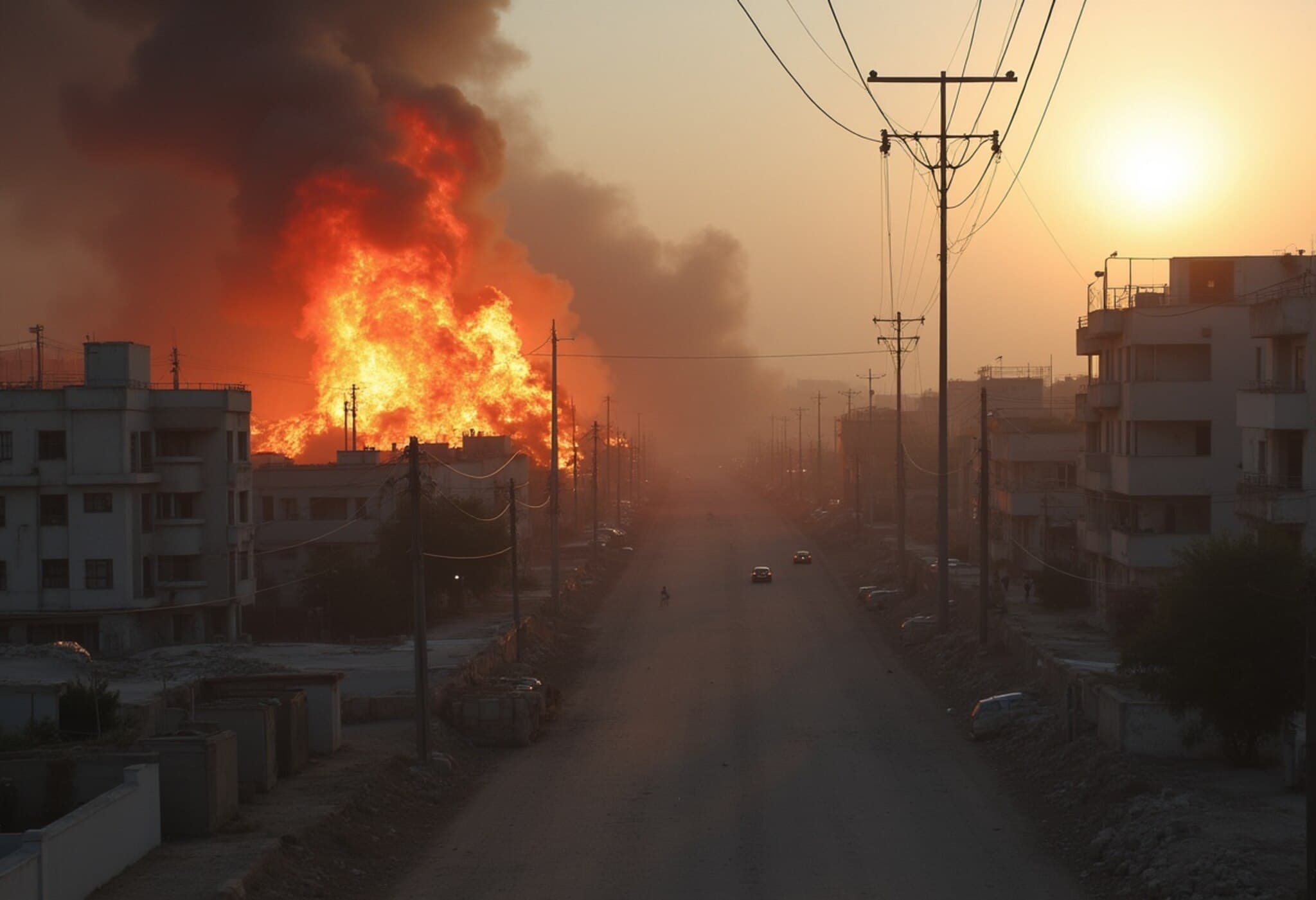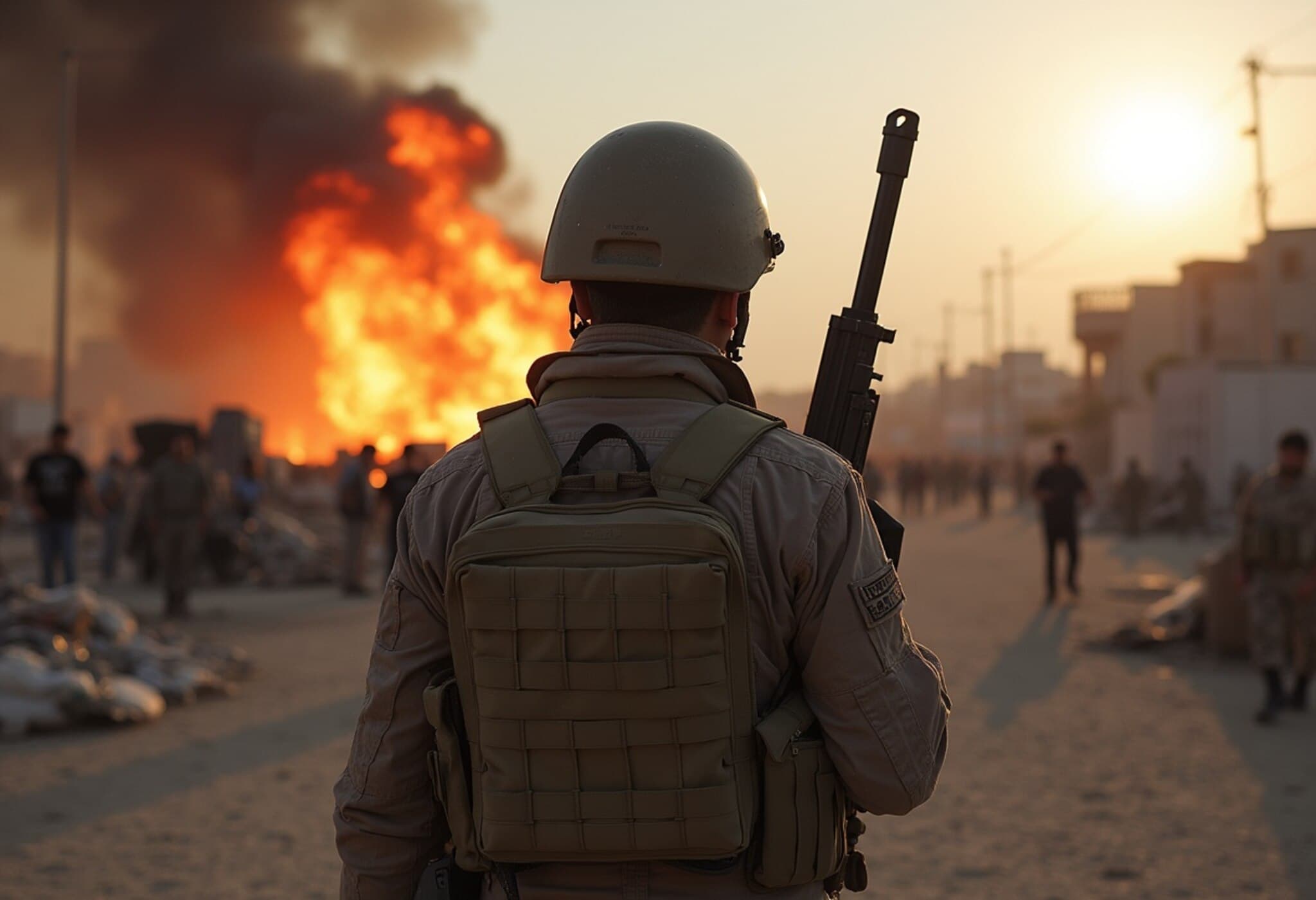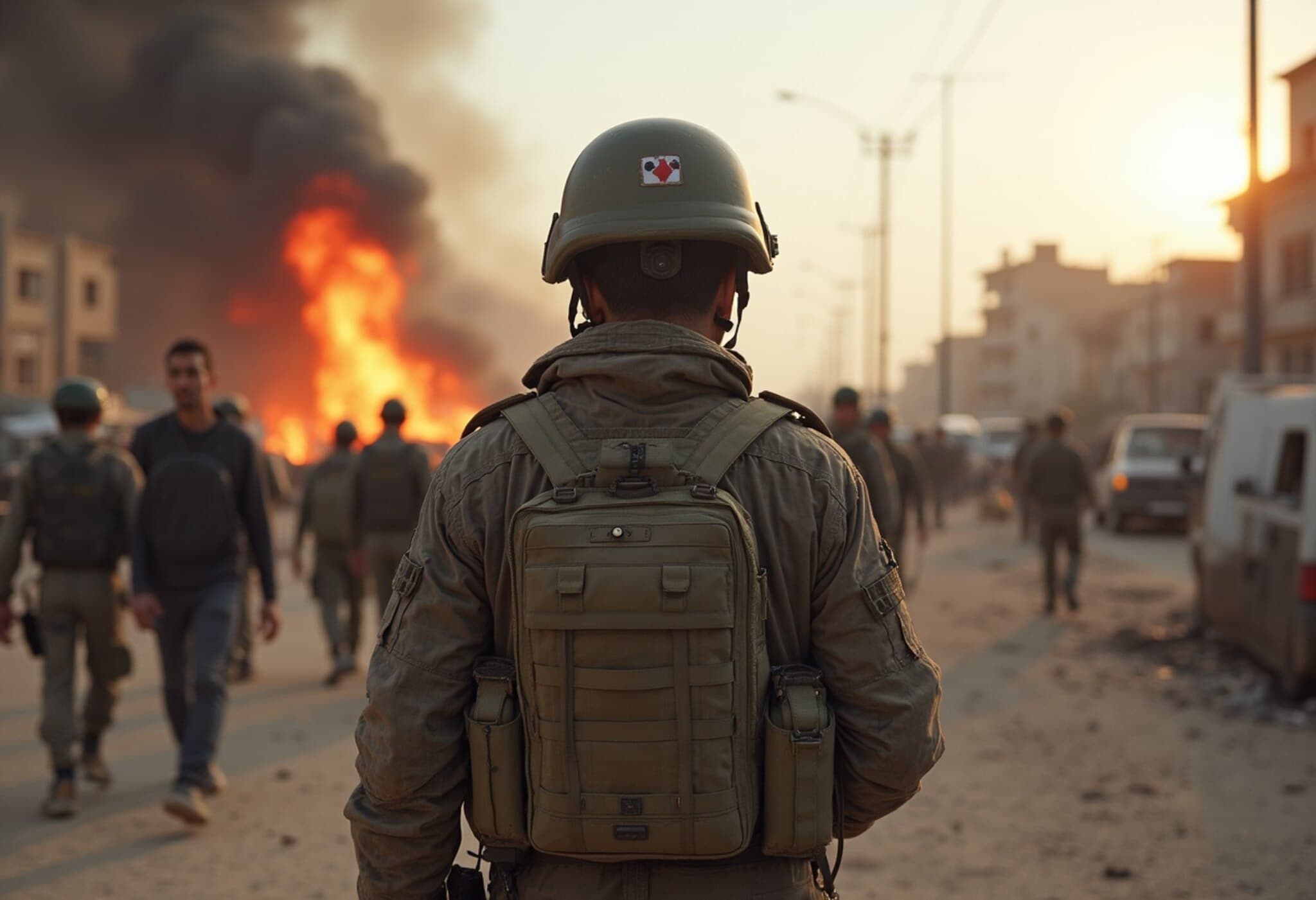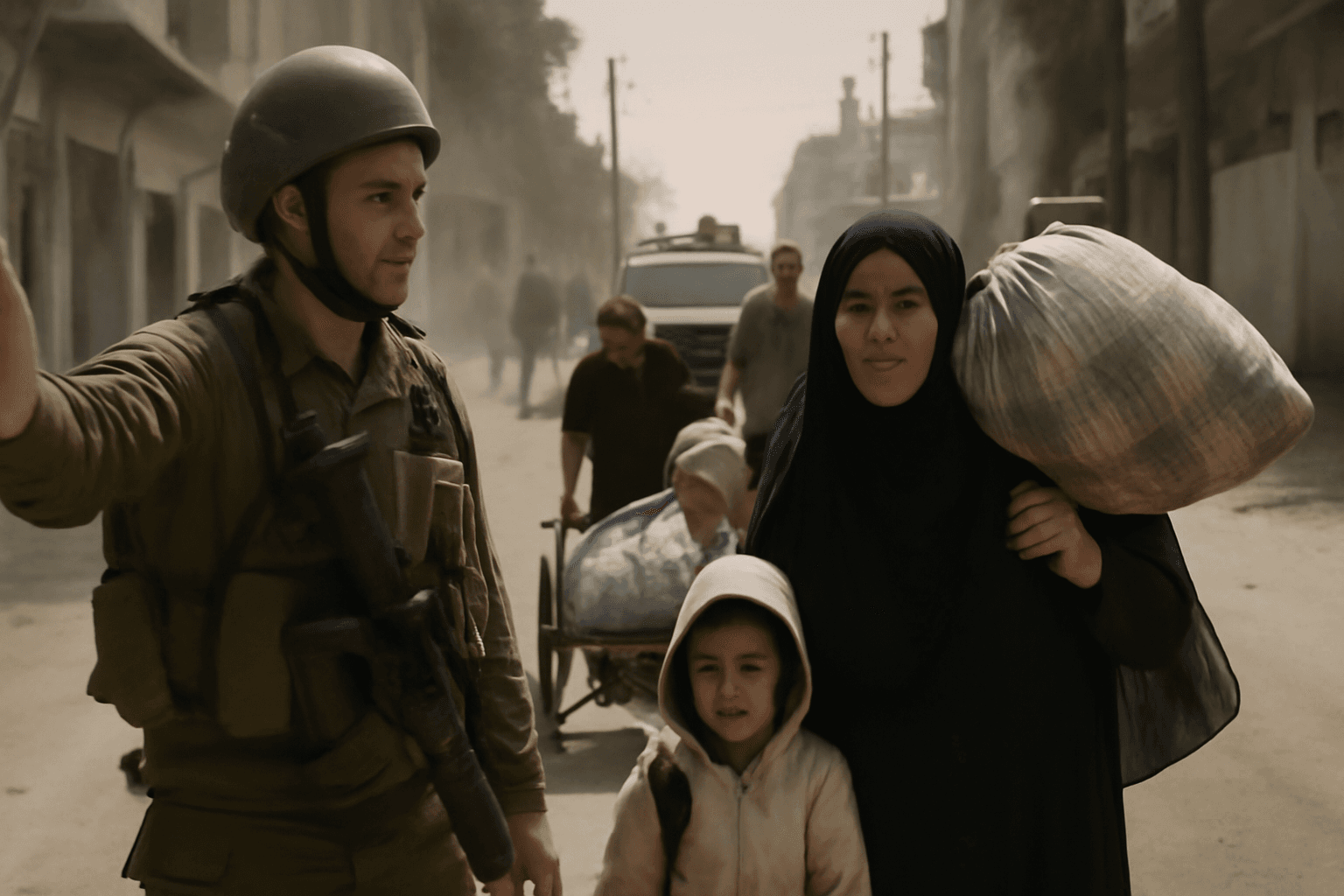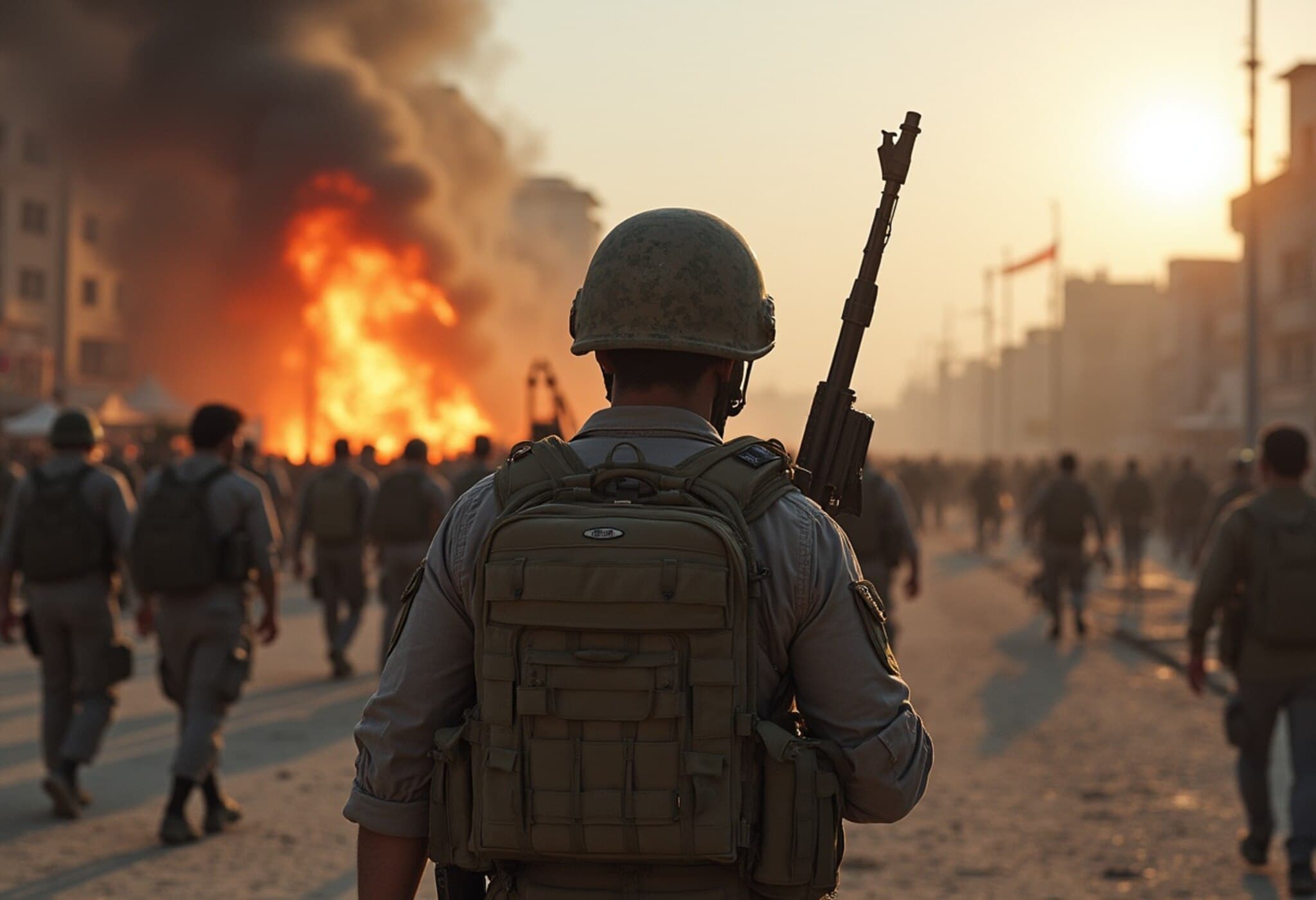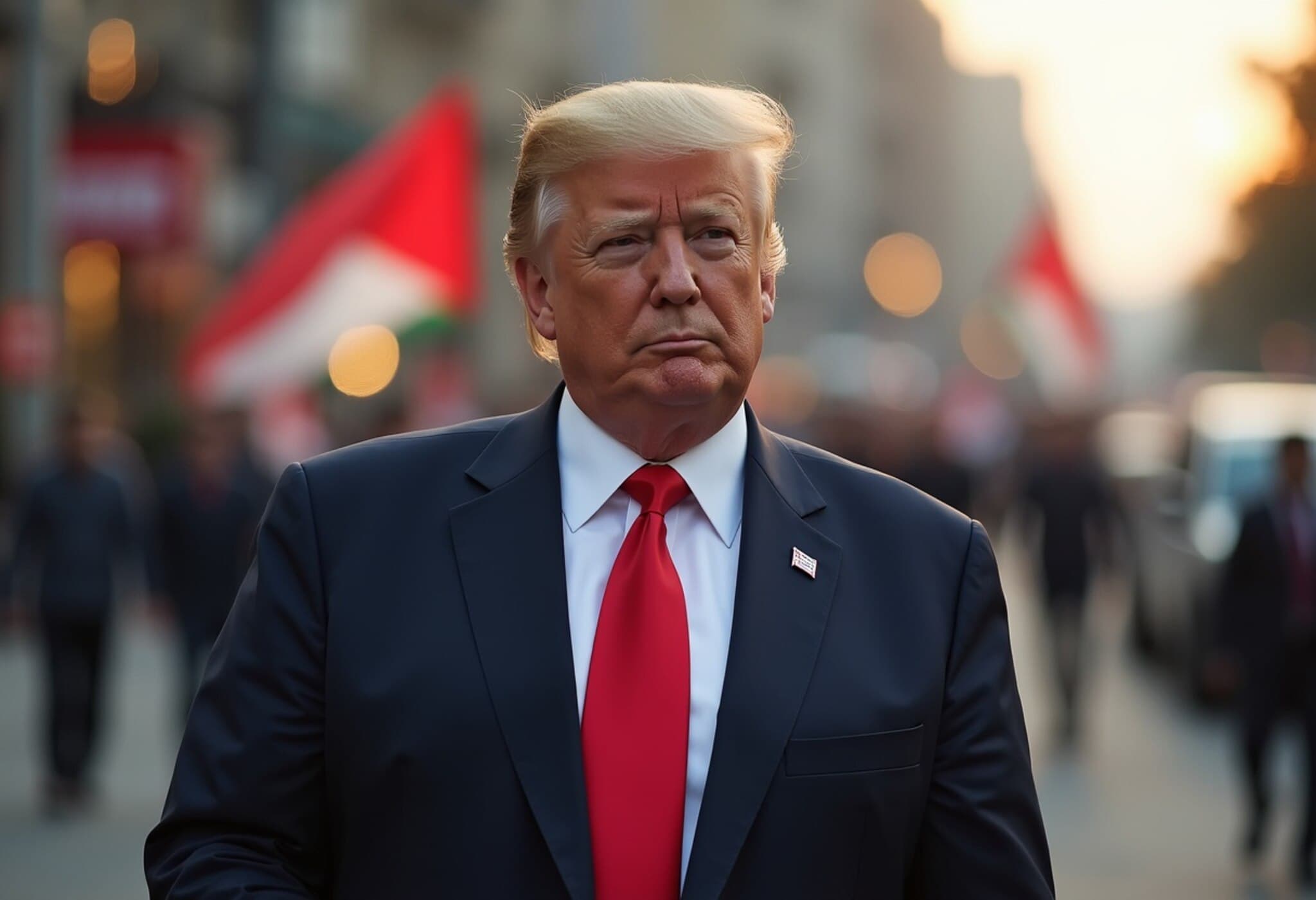Israeli Military Build-Up Near Gaza Signals Possible Ground Offensive
Recent commercial satellite imagery shows a significant concentration of Israeli troops and military equipment near the Gaza border, stirring speculation among analysts and U.S. officials about the imminence of a major ground operation. This development follows the Israeli security cabinet’s endorsement of a plan to seize control of Gaza City, a move that stops short of a full territorial occupation.
Images analyzed by multiple U.S. officials familiar with intelligence indicate that troop formations and logistics align with preparatory steps for a large-scale offensive inside Gaza.
Prime Minister Netanyahu’s Evolving Strategy
In recent remarks, Prime Minister Benjamin Netanyahu outlined a vision for Israel to regain control over the whole Gaza Strip, aiming to dismantle Hamas and create a secure perimeter that allows for civilian governance free from militant influence. However, the plan stops shy of permanent Israeli governance, with Netanyahu emphasizing a desire to transfer authority to "Arab forces" post-conflict, though specifics remain vague.
This proposed approach represents a sharp pivot from Israel’s 2005 disengagement from Gaza, when it withdrew troops and settlers. Since then, Israel has maintained control over Gaza’s airspace, borders, and utilities but refrained from direct land occupation. A new incursion would mark a significant shift, involving complex ground operations likely accompanied by civilian evacuations.
Implications for Hostage Rescue and Humanitarian Concerns
Hostage rescue remains a critical objective for Israel. Sources indicate that approximately 200 hostages held by Hamas may be located in central Gaza, with reports suggesting their conditions are deteriorating. Israeli military leadership has been transparent about combining operational aims with attempts to expand humanitarian aid corridors to non-combat zones.
However, the situation remains fraught. Multiple pauses in Israeli ground operations since late 2023 show the challenges in balancing military objectives with humanitarian needs.
Diplomatic Strains and U.S.-Israel Relations
At the diplomatic front, tensions between Prime Minister Netanyahu and former U.S. President Donald Trump have surfaced over the scale and response to Gaza’s humanitarian crisis. Trump criticized Netanyahu’s dismissal of starvation reports, highlighting emotional imagery of suffering children. This clash underscores divergent priorities and narratives surrounding the conflict’s human toll.
To mend communications and coordinate aid, U.S. Special Envoy Steve Witkoff recently visited Israeli officials, focusing on facilitating humanitarian assistance and hostage negotiations. Israeli authorities appeared receptive, viewing this as an opportunity to address criticism of joint relief efforts like the Gaza Humanitarian Fund launched in 2025.
International Pressure and the Path Forward
The broader international community remains watchful and divided. European allies, including the UK, France, and Canada, consider recognizing Palestinian statehood during the upcoming United Nations General Assembly, heightening Israeli concerns amid ongoing hostilities.
Western diplomats caution that a large-scale Israeli ground offensive entails substantial risks. Hamas’s extensive underground tunnel networks and urban fortifications raise fears of severe casualties and jeopardize hostages’ safety.
- Key Questions Remain: How will Israel balance military objectives with preserving civilian lives?
- What role will regional actors play in Gaza’s future governance?
- Can international diplomacy produce a sustainable ceasefire or peace framework?
Expert Perspective
From a policy analysis standpoint, the current developments represent not only a tactical military decision but a pivotal moment in Israeli-Palestinian relations. The ambiguity surrounding Gaza's governance post-conflict reflects deeper regional complexities and long-term strategic calculations. Furthermore, the delicate U.S.-Israel dynamic highlights the challenge of aligning humanitarian concerns with national security imperatives within international alliances.
Editor’s Note
The unfolding military buildup near Gaza’s border signals more than imminent combat; it encapsulates the broader struggle to reconcile security, humanitarian, and diplomatic challenges in one of the world’s most volatile regions. Readers are encouraged to consider the multi-dimensional nature of this conflict—where military strategy, civilian suffering, international diplomacy, and media narrative intersect in complicated, often contradictory ways.

